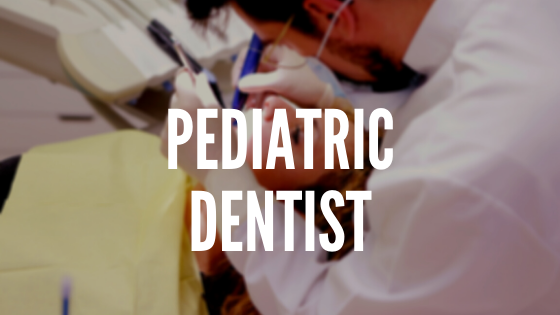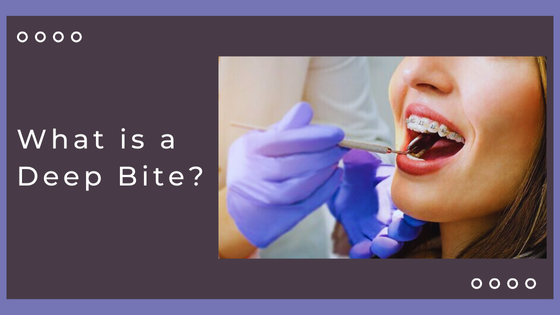The hemorrhoidal disease represents a very common anorectal condition, characterized by symptomatic dilation and distal displacement of the hemorrhoidal pads. This pathology affects millions of people around the world and represents a major socio-economic and medical problem.
The exact pathophysiology of the development of the hemorrhoidal disease is not fully known, and probably the disease cannot be attributed to a single cause or mechanism. The multiplicity of possible etiopathogenetic mechanisms suggests the principle according to which no theory can individually explain the pathophysiological changes associated with hemorrhoidal disease.
For years the theory of varicose veins, which dates back to the intuition of Galen before and Hippocrates after, has been the most accredited.

This theory, starting from the observation of an abundant vascular component in hemorrhoid, postulated that this pathology was caused by the presence of varicose veins in the anal canal.
However, it was shipwrecked over the years, since, as demonstrated, anorectal varices and hemorrhoids are to be considered distinct entities. Patients with portal hypertension and esophageal varices do not have an increase in the incidence of hemorrhoids.
Hemorrhoids and Hemorrhoidal Disease, Characteristics of A Pathology
The hemorrhoids can be defined as vascular structures in the anal canal, which play a key role in maintaining fecal continence. They are a normal anatomical component of man. Still, their inflammation due to alterations in the mucosa of the last intestinal tract generates a particularly painful syndrome known as hemorrhoidal disease, which is more commonly known with the term “hemorrhoids” only.
Hemorrhoids most commonly present themselves as nodular structures of red-violet color extremely sensitive to touch. The triggering factors for inflammation are manifold and cause a slackening of the mucous wall of the rectal-anal canal with a consequent insufficiency of the hemorrhoidal veins.
The stasis, in association with the hot-humid and decidedly contaminated environment, represents the conditions that determine the mucosal suffering and sometimes the sliding of the mucous and vascular structures beyond the anal orifice.
Hemorrhoids, Symptoms and Pathology Diagnosis
The reasons that lead to the development of hemorrhoidal pathology are commonly associated with:
- Family predisposition
- Pregnancy and birth vaginally
- Age
- Improper feeding
- Obesity
- Excessive efforts
- Sedentary life
- Contraceptive drugs
- Constipation
- Pelvic thrombosis
- Chronic liver diseases
- Sitting position for several hours
- Sports with saddle injuries (riding, cycling, motorcycling)
The patient with hemorrhoids has common symptomatology which can include:
- Pain and Burning Sensation
- Bleeding
- Sense of Heaviness at The Rectal Level
- Mucus Secretion
- Anal Itching
- Prolapse
The diagnosis of the disease is formulated in the majority of cases following a first classic medical examination thanks to a visual inspection of the anus and associated structures to which can be added a digital and instrumental rectal examination for the evaluation of internal hemorrhoids and any other pathologies such as polyps and tumors of the rectum, fissures, fistulas, abscesses.
What Are the Surgical Techniques Available?
Currently, different techniques are used that the surgeon chooses based on the degree of the hemorrhoids and the result to be obtained. Among them, we find:
Traditional Hemorrhoidectomy
This is the classic intervention described by Milligan-Morgan to which several surgeons have made technical variations over time, which, however, have not changed the principle of the technique, which consists in removing the hemorrhoidal tissue.

The intervention consists of the removal of the hemorrhoidal packets using an electric scalpel or ultrasound scalpel, also coagulating the artery that feeds them.
A necessary precaution to keep in mind in this technique is that hemorrhoids cannot be removed throughout the circumference of the anal canal but, in the points between one removal and the other, a bridge of intact mucosa must be left. This is to ensure the regrowth of the new healthy mucosa and thus avoid the risk of anal canal stenosis.
It is an important but decidedly effective intervention that is performed under spinal or general anesthesia. In the postoperative course, it can lead to significant pain. Therefore in my practice, at the end of the operation, I block only the nerve endings of the pain through injections of anesthetic.
Hemorrhoidectomy with Mechanical Stapler
This technique aims to correct not only the hemorrhoids but also the prolapse (descent) of the anal mucosa that they cause, thus restoring the conformation and anatomical connections in the anal canal and bringing the healthy hemorrhoidal mucosa pads back into position.
The technique involves the creation, inside the anal canal, of a future that guides the action carried out by a circular mechanical stapler. Once introduced into the anal canal, the stapler removes the diseased hemorrhoidal pads. At the same time, with its metallic staples, they suture the circular portions of healthy mucous pads together in a circular direction.
The operation is rather short and lasts about thirty minutes, after which an internal lifting of the mucosa is obtained. The advantage of this technique is certainly the lesser pain compared to a traditional hemorrhoidectomy.
Hemorrhoidectomy with Laser Photocoagulation
The laser is conveyed through an anal-inserted device. The photocoagulation of the branches of the hemorrhoidal artery is obtained under doppler guidance.
The innovation of this method is given by the fact that there is no removal of tissue. Still, the laser beam determines the interruption of nourishment to the hemorrhoids through the closure of its arterioles.
The procedure lasts about thirty minutes, does not require medications, and the patient can leave the clinic after a few hours. The hemorrhoidal cushions deprived of the blood supply progressively detain themselves, leading to the improvement of the symptoms. In the event, it can be repeated without any contraindication.



